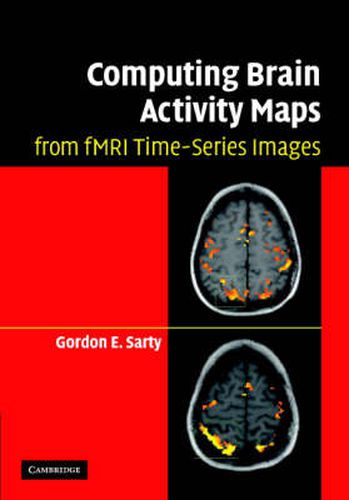Readings Newsletter
Become a Readings Member to make your shopping experience even easier.
Sign in or sign up for free!
You’re not far away from qualifying for FREE standard shipping within Australia
You’ve qualified for FREE standard shipping within Australia
The cart is loading…






fMRI is a very popular method for researchers and clinicians to image human brain activity in response to given mental tasks. This book presents a comprehensive review of the methods for computing activity maps, while providing an intuitive and mathematical outline of how each method works. The approaches include statistical parametric maps (SPM), hemodynamic response modeling and deconvolution, Bayesian, Fourier and nonparametric methods. The newest activity maps provide information on regional connectivity and include principal and independent component analysis, crisp and fuzzy clustering, structural equation modeling, and dynamic causal modeling. Preprocessing and experimental design issues are discussed with references made to the software available for implementing the various methods. Aimed at graduate students and researchers, it will appeal to anyone with an interest in fMRI and who is looking to expand their perspectives of this technique.
$9.00 standard shipping within Australia
FREE standard shipping within Australia for orders over $100.00
Express & International shipping calculated at checkout
fMRI is a very popular method for researchers and clinicians to image human brain activity in response to given mental tasks. This book presents a comprehensive review of the methods for computing activity maps, while providing an intuitive and mathematical outline of how each method works. The approaches include statistical parametric maps (SPM), hemodynamic response modeling and deconvolution, Bayesian, Fourier and nonparametric methods. The newest activity maps provide information on regional connectivity and include principal and independent component analysis, crisp and fuzzy clustering, structural equation modeling, and dynamic causal modeling. Preprocessing and experimental design issues are discussed with references made to the software available for implementing the various methods. Aimed at graduate students and researchers, it will appeal to anyone with an interest in fMRI and who is looking to expand their perspectives of this technique.